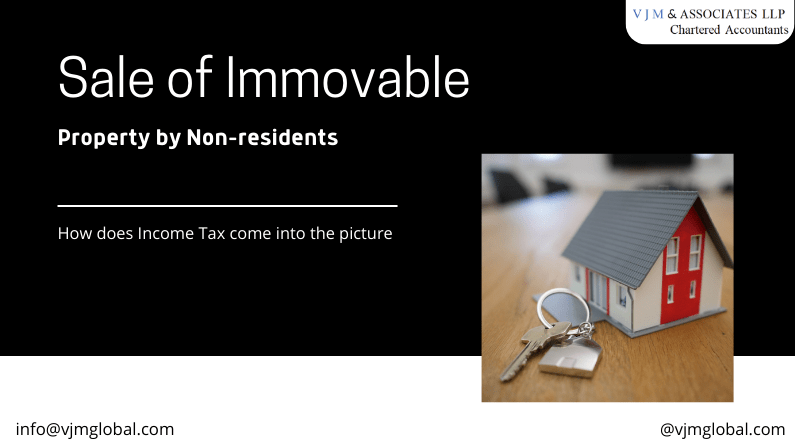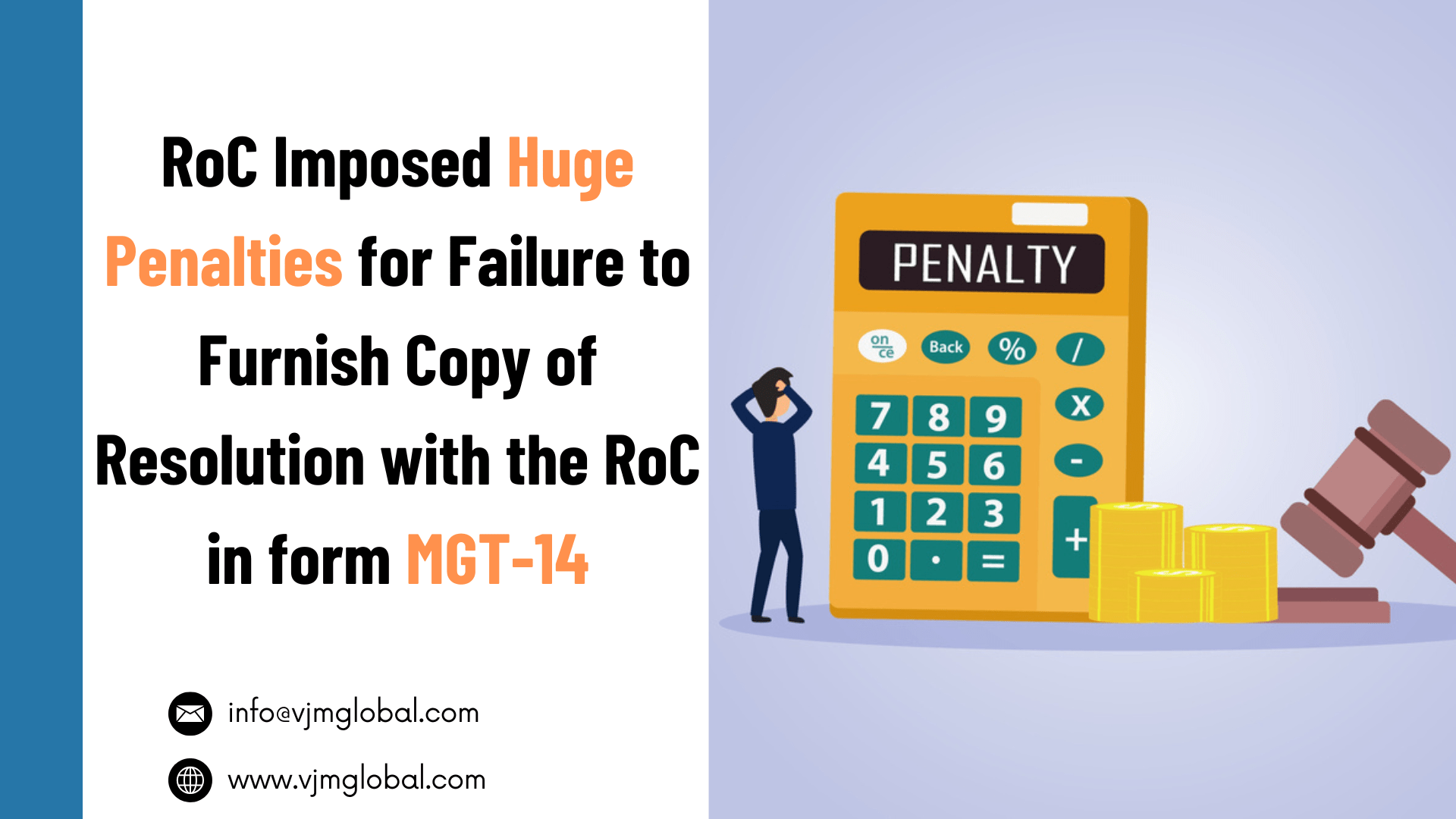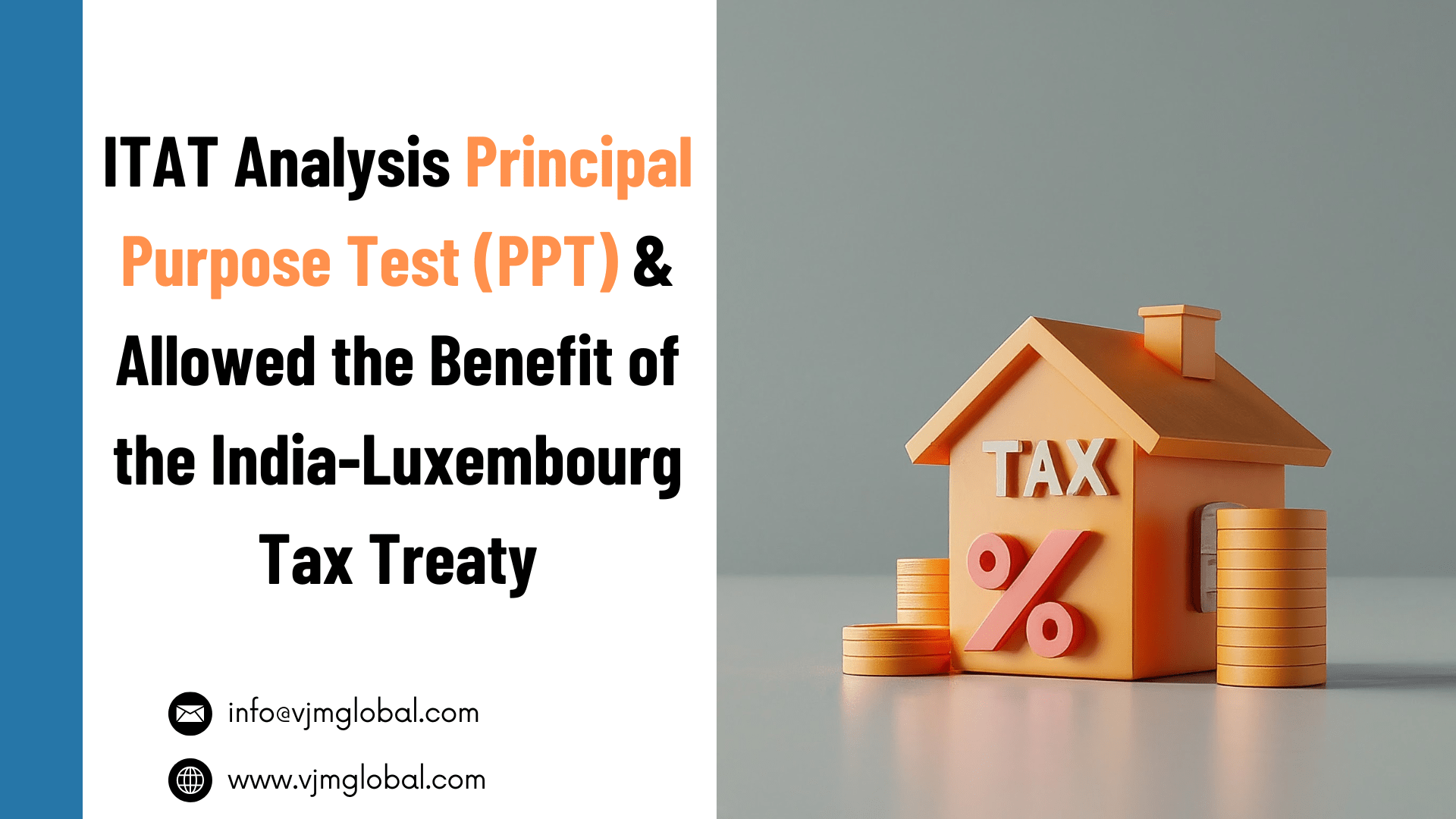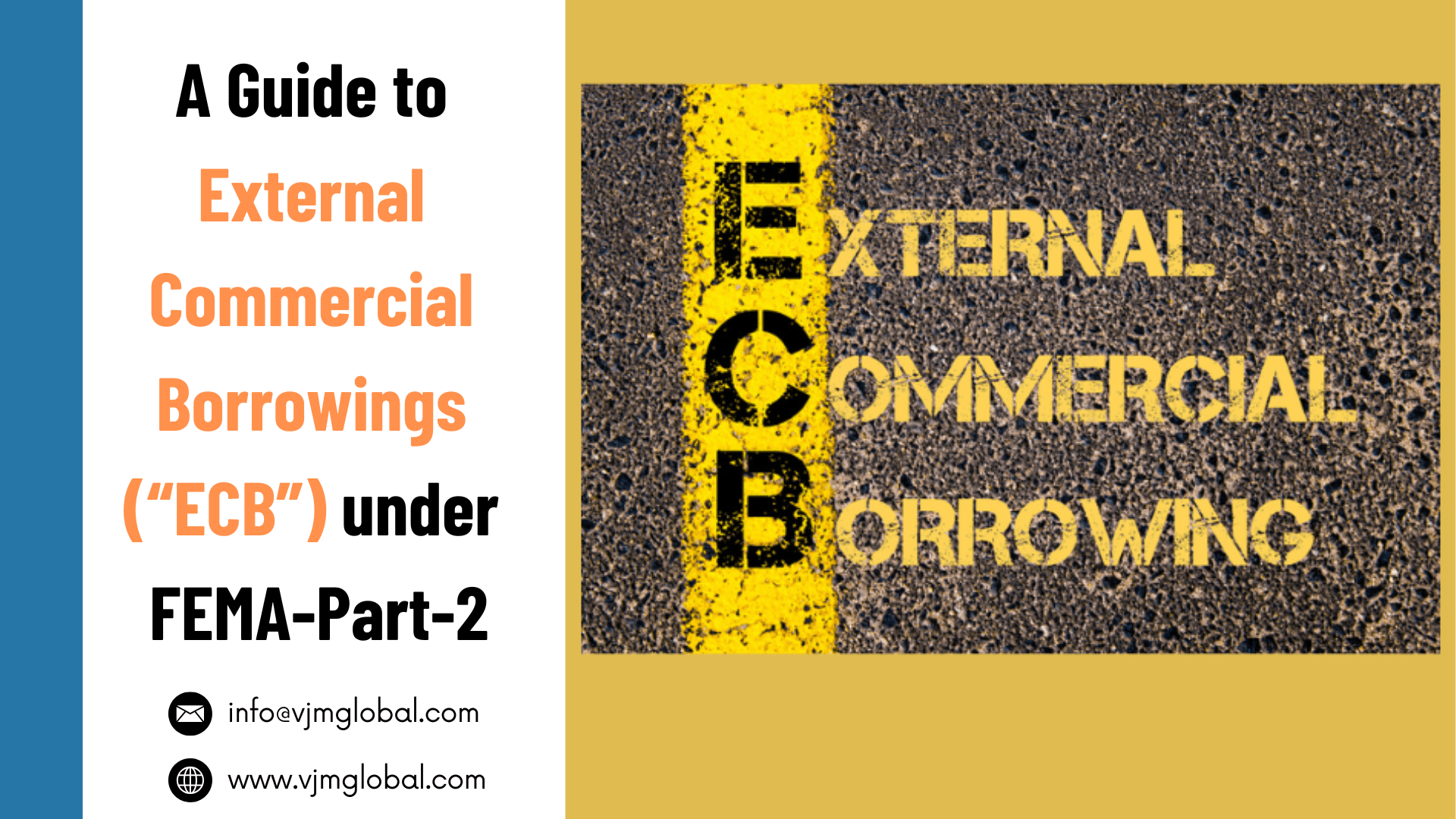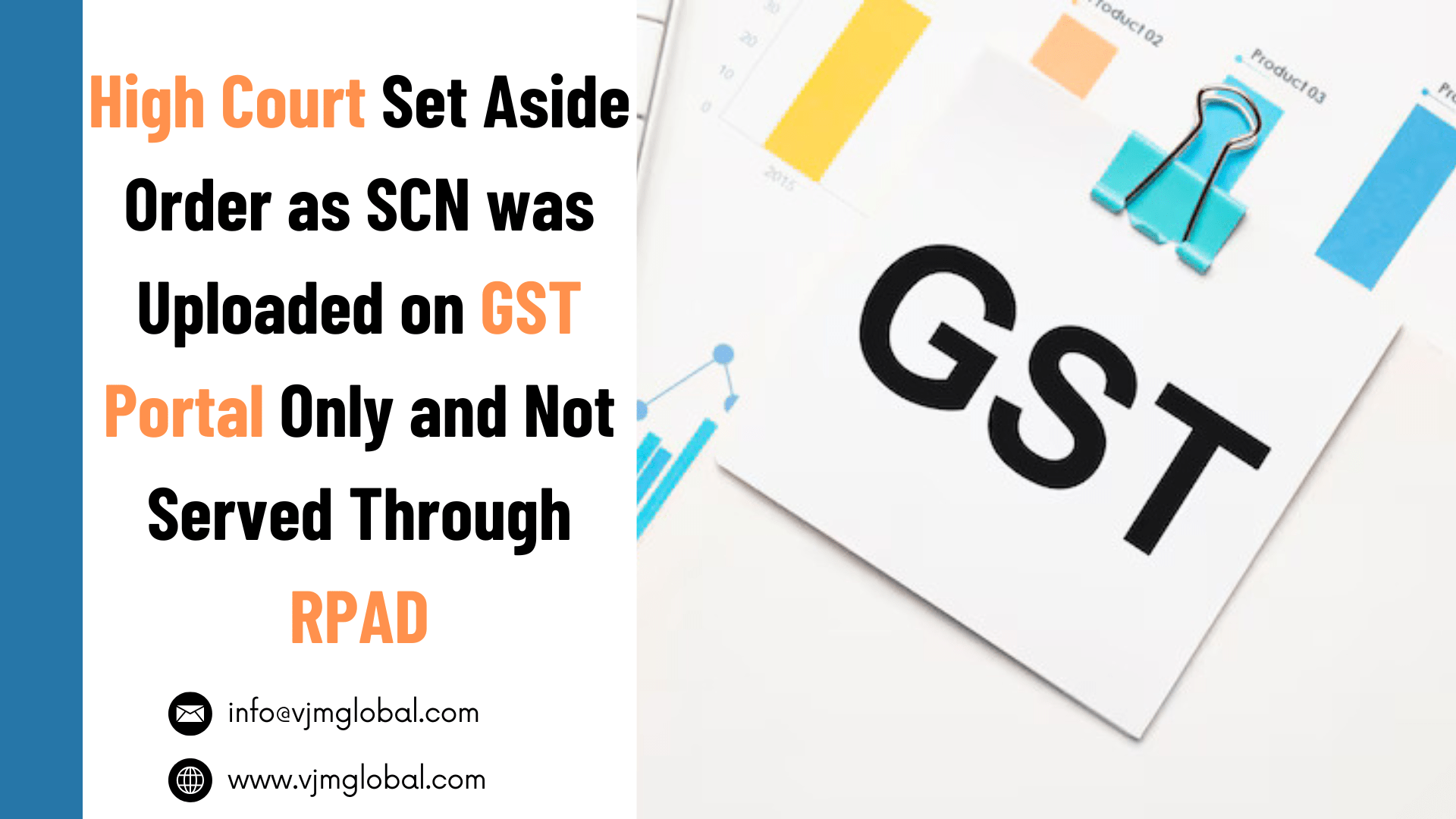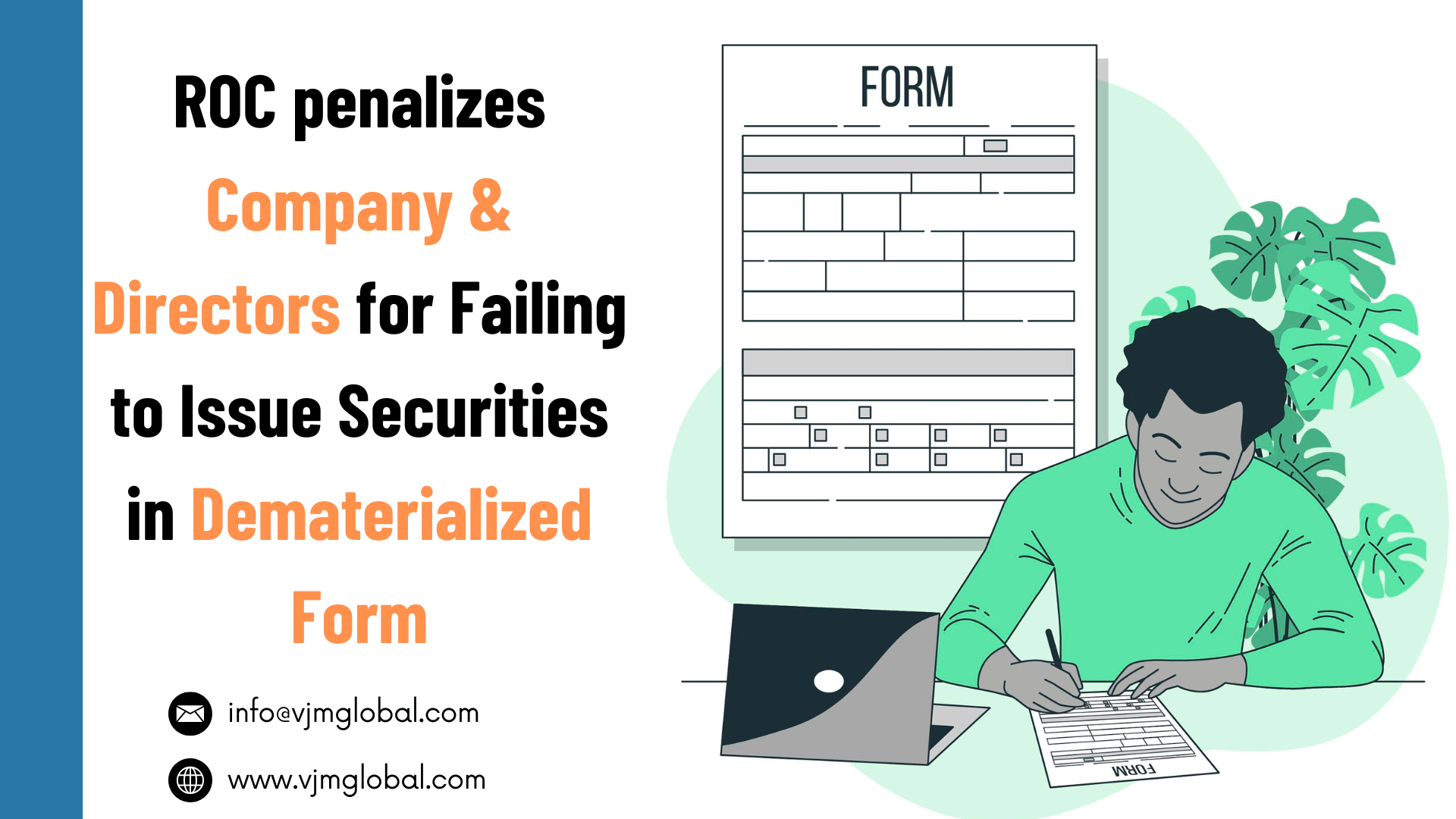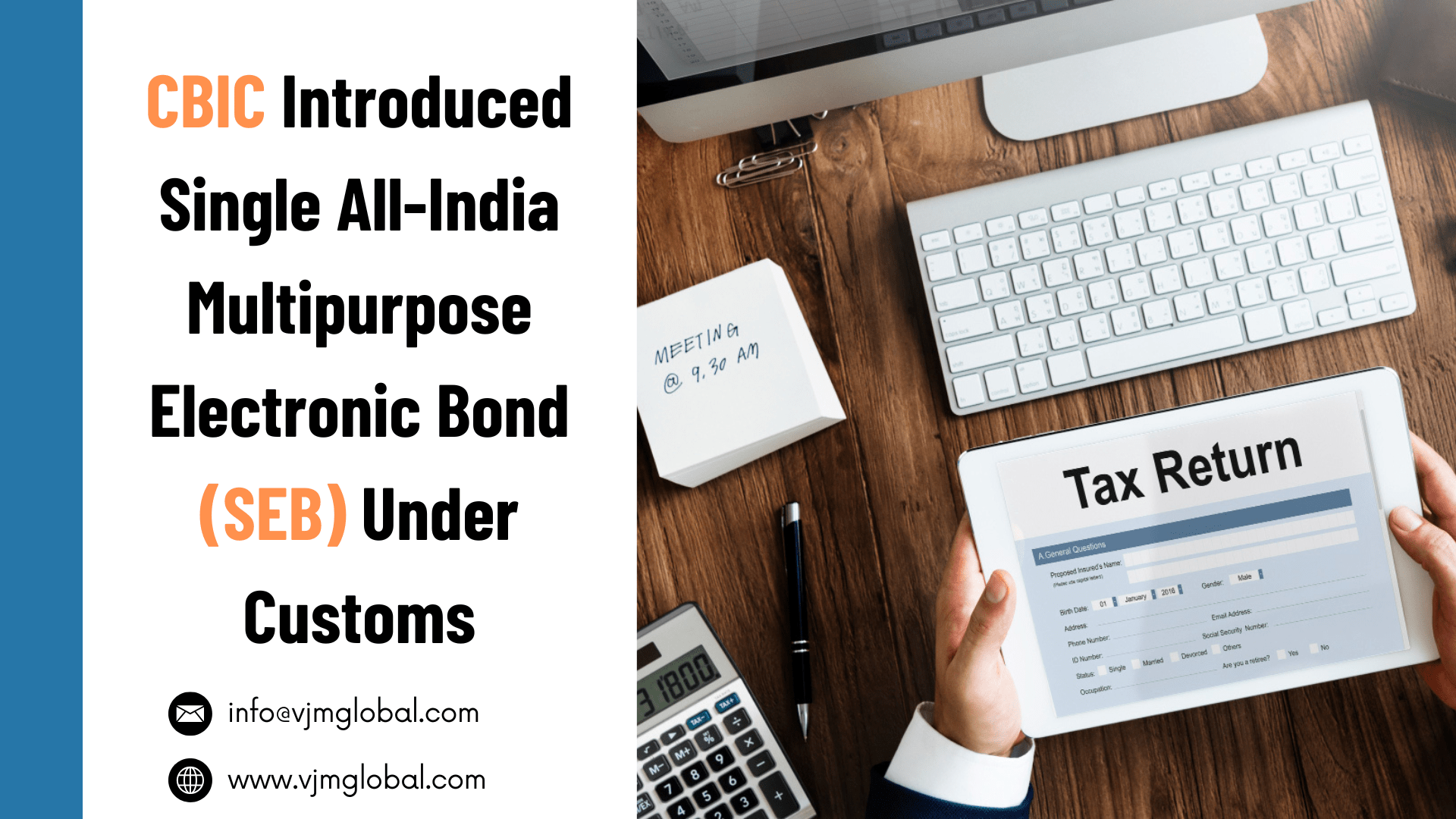Whenever a person moves out of India on a permanent basis he usually sells out all of his assets situated in India including his immovable property. Our general discussion is around the applicability of the Foreign Exchange Management Act (FEMA) on this transaction since a Non-resident Indian is involved in transactions and remittance money is repatriated outside India. But what about the applicability of Income tax provisions on these transactions.
In this article, we have made a detailed discussion about how does Income Tax Act, of 1961 applies the sale of immovable property by a Non-resident.
1. What is the meaning of Non-resident under the Income Tax Act
- A non-resident is defined differently under different Acts such as FEMA, the Income Tax act, etc.
- As per the Income Tax Act, a person is considered a resident if he satisfies either of the following condition:
- He has been in India for a period of 182 days or more during the previous Financial year; or
- He has been in India for a period of 60 days or more during the preceding Financial year and he has been in India for 365 days or more during the 4 years immediately preceding the Financial year.
- However, condition II does not apply in the following cases:
- Citizen of India or People of Indian Origin (PIO) who stays outside India but comes to India on a visit during the previous year.
- Citizen of India who leaves India during a previous year for the purpose of employment outside India
- A citizen of India is a member of the crew on an Indian Ship.
- To read more about How to determine residential status under Income Tax Act, click here.
- Therefore, if a person becomes non-resident under the Income-tax Act, then only related provisions of taxability of NRI shall arise.
2. Under which head does the sale of Immovable Property be taxed
- As per Section 2(14)(a) of the Income Tax Act, “capital asset” means property of any kind held by an assessee, whether or not connected with his business or profession.
- However, it does not include any stock-in-trade, consumables stores, or raw materials held for the purpose of his business or profession.
- Accordingly, immovable property held by Non-resident in India is a Capital Asset u/s 2(14)(a) of the Income Tax Act.
- Therefore, income/loss arising from the sale of the same is chargeable to income tax under head Capital gains.
- Further, Capital gain will be taxed as:
- long term capital gain: When the period of holding of immovable property is 24 months or more; or
- Short-Term Capital Gain: When the period of holding of immovable property is less than 24 months
3. How is capital gain computed
- Capital gain on the sale of immovable property by Non-resident Indians is calculated in the same manner as residents.
- Following is the formula for the computation of capital gains:
| Sales Proceed or Stamp duty value, whichever is higher | A |
| Less: Expenditure incurred in connection with sales | (B) |
| Less: Cost of Acquisition (In case of STCG) or Indexed Cost of Acquisition (In case of LTCG) | (C) |
| Less: Deductions u/s 54/54EC/54F (In case of LTCG) | (D) |
| Long-Term/Short-Term Capital Gain | A-B-C-D |
- Note:
- Sales Proceed is the full value of consideration.
- The cost of Acquisition is the purchase price of the asset and the cost of construction or improvement if any.
- However, if the property is acquired by will/inheritance/gift or any other manner without consideration then the Cost of acquisition will be:
- Cost of the previous owner at his date of acquisition; or
- The fair market value of the property as of 01.04.2001,
Whichever is later.
- For the purpose of indexation, FY 2001-2002 is taken as the base year.
4. Is a non-resident entitled to claim exemption from capital gain like residents
- A resident is entitled to claim various exemptions from capital gain by making further investments in capital gains or making investments in another immovable property.
- Just like residents, Non-residents are also entitled to claim exemption from capital gains in the following manner:
- Exemption on sale of residential property by making an Investment in another residential Property:
- As per Section 54 of the Income Tax Act, an Individual/HUF is entitled to claim exemption from capital gain if such capital gain is arising from the sale of a residential house and sales proceeds are further invested into the purchase of another residential house.
- Capital gain should be long-term capital gain.
- Non-resident Individuals are entitled to the same exemption u/s 54.
- However, the Individual/HUF is entitled to exemption only if the individual/HUF holds one residential house.
- New residential property must be:
- Acquired 1 year before the date of sale of property; or
- Acquired within 2 years from the date of sale of property; or
- Construction within 3 years from the date of sale of property
- Exemption shall be available of lower of the following amounts:
- Capital gain arising from the sale of residential property; or
- Cost of acquisition of new residential property
- With effect from AY 2020-21, where the amount of capital gain does not exceed INR 2 Crore, then the assessee may purchase or construct 2 residential house properties in India. However, this option can be availed once in a lifetime.
- Exemption on sale of long-term capital assets, other than residential property
- As per Section 54F of the Income Tax Act, an Individual/HUF is entitled to claim exemption from Long term capital assets arising from the sale of a long-term capital asset other than the residential property where sales consideration is invested into the purchase of the residential property.
- New residential property must be:
- Acquired 1 year before the date of sale of property; or
- Acquired within 2 years from the date of sale of property; or
- Construction within 3 years from the date of sale of property
- For the purpose of availing exemption, taxpayers must not own more than one residential house property on the date of transfer.
- The exemption shall be computed in the following formule:
(Capital Gains*Amount Invested in purchase)/Net Sales consideration
- Newly acquired residential house property u/s 54 or 54F must be held for 3 years
- U/s 54 and 54F, the assessee is required to hold newly acquired residential house property for a minimum period of 3 years.
- However, if such property is sold within 3 years from the date of acquisition then the exemption availed earlier shall be withdrawn effectively.
- On the sale of residential property, if no capital gain was charged earlier, the cost of acquisition of a newly acquired residential house shall get reduced by the amount of exemption claimed.
- If the cost of acquisition of a new asset was less than capital gain then the cost of acquisition of a new asset shall be taken as NIL.
- Investment on Capital Gain Account Scheme, 1988:
- The income tax act has given a time limit to acquire or construct new residential house properties.
- However, what happens if, till the date of filing of income tax return, new residential property is not acquired or constructed? Whether the assessee will be entitled to claim the exemption in that case.
- In such case, the assessee is required to keep the unutilized amount in Capital Gain Account Scheme maintained by Scheduled Banks in India, and later on, the assessee may withdraw funds from this account and utilize the same for a specified purpose.
- Unutilized balance in the Capital Gain Account scheme will be taxed in the year in which the period of 3 years expires.
- Exemption on investment in specified bonds:
- As per Section 54EC of the Income Tax Act, an exemption is available on the sale of long-term capital assets being land or building if further investment is made in Specified bonds within 6 months from the date of sale.
- The exemption will be provided up to INR 50 Lacs.
- Specified bonds are bonds issued by the National Highway Authority of India (NHAI) or Rural Electrification Bonds. These bonds must be held for 5 years.
- Exemption on compulsory acquisition of land or building
- Any capital gain arising on the compulsory acquisition of land or building shall be fully or partially exempted if the taxpayer purchases any other land or building or constructs any other building.
- The Land or building compulsory acquired must have been used by the taxpayer for industrial undertaking for at least 2 years from the date of acquisition.
- The new asset should be acquired within 3 years from the date of transfer.
- If compensation is not received on the date of transfer then the period of 3 years for the acquisition of a new asset shall be computed from the date of receipt of compensation from the government.
- The exemption shall be provided for lower of the following amounts:
- Amount of capital gain; or
- Cost of acquisition of new asset/
- The assessee is required to hold new assets for a minimum period of 3 years from the date of its purchase/construction. If an asset is sold before a period of 3 years then the cost of acquisition of a new asset shall be reduced by the amount of exemption claimed.
5. What are the points to be considered for NRI taxation on the sale of immovable property
a. Non-availability of tax slabs
- Even if the Income of a non-resident consists of only long-term capital gains from the sale of immovable property, the non-resident shall not be entitled to the slab benefit.
- Unlike residents, the entire capital gain shall be taxed @ 20%.
- Tax deducted at source:
- In case of the sale of immovable property to residents, TDS is required to be deducted by the buyer of immovable property u/s 194-IA. TDS shall be deducted @ 1% only when sales consideration exceeds INR 50 Lacs.
- Further, the buyer is required to file a TDS return. However, a TDS returns can be filed with PAN and there is no requirement to obtain a TAN.
- In case of the sale of immovable property to a non-resident, TDS is required to be deducted u/s 195 on the entire amount irrespective of the sale consideration amount.
- Further, the buyer is required to apply for TAN to file a TDS return.
b. Double Taxation Avoidance Agreement (DTAA)
- As per Section 90 of the Income Tax Act, the rate of income tax on taxable income of non-residents shall be any of the following rates which is more beneficial to the taxpayer:
- Rates as per Income Tax Act
- Rate as per DTAA of India with the country of which non-resident is a resident.
- Therefore, if the tax rate given in DTAA is less than 20% then TDS shall be deducted at that rate.
- However, for the purpose of availing benefit of a lower TDS rate as per DTAA, a non-resident is required to furnish a Tax Residency Certificate to the payer.
c. Lower deduction of TDS
- Payer has the option to deduct TDS on capital gain amount only instead of the entire sales consideration.
- However, to avail of this option, the payer/transferor/payee is required to make an application to the jurisdictional Income Tax officer to determine the amount of capital gains on which tax is to be deducted.
- If the payer files an application, the application shall be filed u/s 195(2) of the Income-tax Act. However, in the case of the payee, an application shall be filed u/s 197 of the Income Tax Act.
- In both cases, the application has to be made online on the TDS-TRACES portal.
- The application should be filed with accompanying documents such as the agreement of sales, purchase document, stamp duty value, computation of capital gains, etc.
- A certificate provided by a jurisdictional officer shall be provided online and it shall remain valid for the period mentioned in the certificate.
- The amount determined by AO will be the amount on which tax is required to be deducted.
- However, if no such application is made by the payer or payee, the tax will be deducted from the entire sales consideration.
d. Unutilised tax relief/any other relief:
- Long-term capital gain from a single property can be invested only in one property.
- A Non-resident Individual/HUF can’t adjust LTCG against the basic exemption limit. Therefore, even if a non-resident has long-term capital gains only and the other taxable income is Nil then LTCG tax has to be paid at the rate depending on the class of asset.
6. Is the non-resident required to file his Income Tax return
- If the total income of the non-resident, including capital gain, is taxable then is required to file his income tax return.
- Return can also be filed if considering income from all sources of income and investment, TDS deducted is higher than tax liability and he is entitled to a refund.
- If a non-resident is having capital loss, then the Non-resident must file his ITR before the due date to carry forward his losses to the next assessment years.
- From FY 2020-21 a major amendment has been made in the Income tax act that If the income of any person before availing exemption u/s 54, 54B, 54D, 54EC, 54G, 54GA, and 54GB is more than the threshold limit then the assessee is mandatorily required to file his income tax return.
7. What are the reporting requirements under the Income Tax Act in case of remittances?
- When the payer remits funds to the seller outside India for the sale of an immovable property then as per Rule 37 BB of Income Tax Rules, the remitter is required to furnish information to the authorized dealer bank in Form 15CA.
- Form 15CA is required to be filed online on the Income tax portal and then a hardcopy of the same is required to be filed with an Authorised dealer Bank.
- Remitter is required to furnish the following documents:
- Part A of Form 15CA: If the amount of payment or aggregate amount of payments, as the case may be, during the financial year does not exceed INR 5,00,000.
- Part B of Form 15CA: After obtaining a lower deduction certificate u/s 197 from the Assessing officer or NIL deduction certificate u/s 195(3) obtained by a non-resident or deduction certificate u/s 195(2) from the Assessing Officer holding jurisdiction over TDS matters.
- Part C of Form 15CA: After obtaining a certificate from Chartered Accountant in Form 15CB. In this alternative, the taxpayer instead of approaching the Income Tax department may obtain a certificate from Chartered Accountant regarding taxability or otherwise and the rate at which gain will be taxable.
- Part D of Form 15CA: If the sum is not chargeable to Income Tax
- Further, no information is required to be furnished if remittance is made under Liberalised Remittance Scheme (LRS) for which no RBI approval is necessary under LRS scheme. Remittances up to USD 2,50,000 may be made for several specified purposes.
- There are some countries and organizations to whom money can’t be transferred. There is typically either country considered “Non-cooperative” by Indian authorities or organizations which may have links with terrorism.

